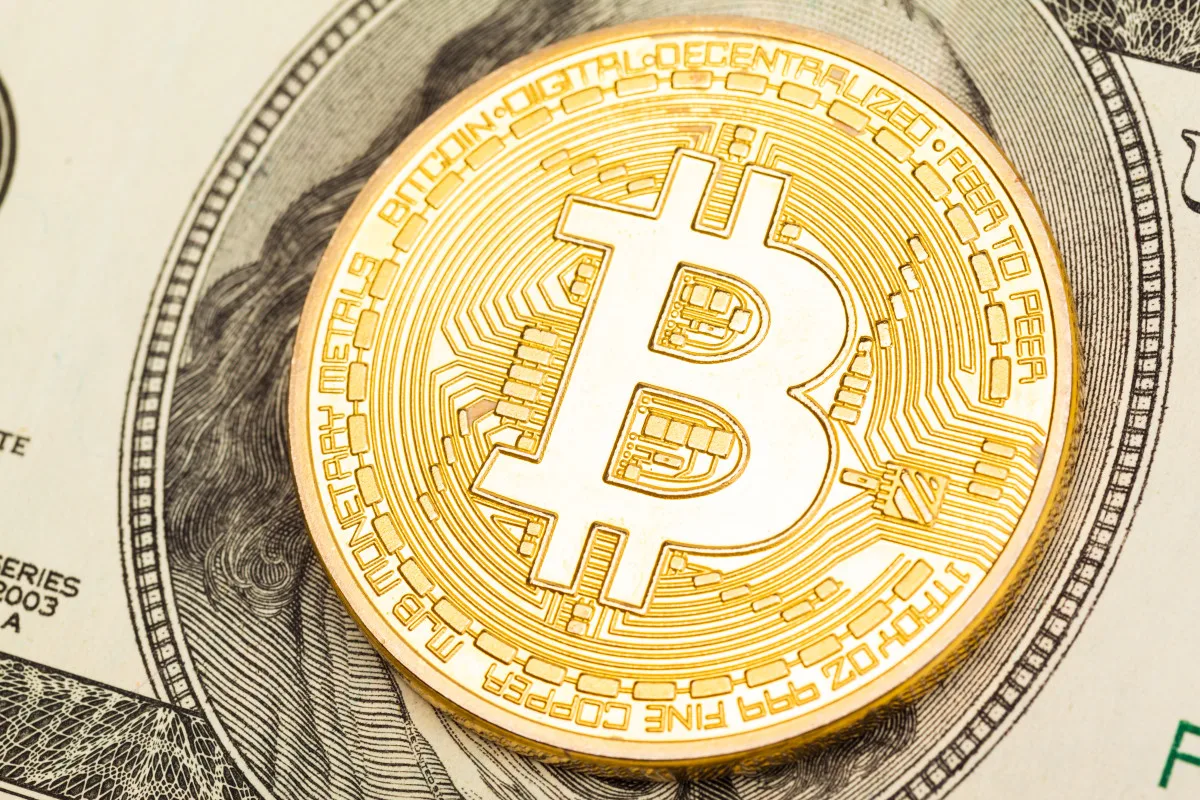SINGAPORE (Reuters) – Bitcoin jumps to one-month highs while a Japan holiday dulls most currencies, sustaining its rally after the Federal Reserve’s significant rate cut last week. Meanwhile, the yen and other major currencies remained stagnant with Japanese markets closed.
Bitcoin Rallies Amidst Major Economic Developments
Last week, the dollar strengthened against the yen following policy meetings in both the United States and Japan. The dollar hit its highest level in two weeks at 144.50 yen and was around 144.08 early on Monday. The Bank of Japan (BOJ) kept interest rates unchanged and showed no rush to hike them again, which paused the yen’s sharp gains this month, despite the currency being up 1.4% in September.
Market Reactions to Japan’s Autumnal Equinox Day
With Japan observing Autumnal Equinox Day, trading was driven by expectations of further Federal Reserve rate cuts. Bitcoin soared 0.8% above $63,200, nearing its one-month high, while the Australian dollar remained stable around $0.68, after climbing more than 3% in less than two weeks. The U.S. dollar index also saw a slight gain to 100.8, maintaining above the one-year low it hit last week.
Goldman Sachs noted that the Federal Reserve’s rate cut “appears to have calmed market fears of a U.S. recession”. They expect a “slight rebound for the U.S. dollar over the next three months, before easing again on a six- and twelve-month view.”
Traders have priced in 75 basis points in rate cuts for the end of this year, with nearly 200 bps cuts anticipated by December 2025, putting the Fed’s policy rate at 2.75% by the end of 2025, according to CME FedWatch. Additionally, the U.S. Treasury yield curve steepened after the Fed’s rate cut. Investors are now betting on another substantial rate cut following Fed Governor Christopher Waller’s concerns about inflation running substantially below the 2% target.
Most economists polled by Reuters expect two more 25 bps rate cuts in the Fed’s final two meetings this year, reflecting the central bank’s cautious approach.
Political Developments in Japan and Their Impact on the Yen
The yen faces challenges with the upcoming ruling party vote to select a new prime minister, potentially leading to a snap election in late October. Key figures in the Liberal Democratic Party have presented diverse views on monetary policy. Sanae Takaichi, who could become Japan’s first female premier, has criticized the BOJ for raising rates too soon. Meanwhile, Shigeru Ishiba supports the BOJ’s current policy, whereas Shinjiro Koizumi stands by the central bank’s independence.
Barclays analysts highlight the policy risks involved. “If Abenomics advocate Takaichi wins, this could disrupt the BOJ’s policy normalization plan, and raise fiscal concerns,” potentially steepening the Japanese bond curve and putting downside pressure on the yen as investors adjust their expectations.
Global Reactions to Central Bank Policies
Elsewhere, the Bank of England kept rates unchanged, with its governor warning about the risks of cutting rates too quickly. The pound experienced a slight dip to $1.3310, though it remains near recent highs following robust British retail sales data.
Conclusion
In conclusion, Bitcoin’s jump amidst dynamic economic developments and Japan’s holiday highlights the interconnectedness of global markets. With upcoming political shifts in Japan and continued central bank policy assessments, the financial landscape remains volatile and intriguing. “Click Here For More Trading tips and strategies.”
(Reporting by Vidya Ranganathan in Singapore; Editing by Jamie Freed)
Discover more from Make Money Online and Work From Anywhere
Subscribe to get the latest posts sent to your email.



![Top Social Media Trends for 2024 [Latest Data]](https://i0.wp.com/proprofit.co.uk/wp-content/uploads/2024/09/fastest-growing-social-media-platforms.jpg?resize=598%2C398&ssl=1)
